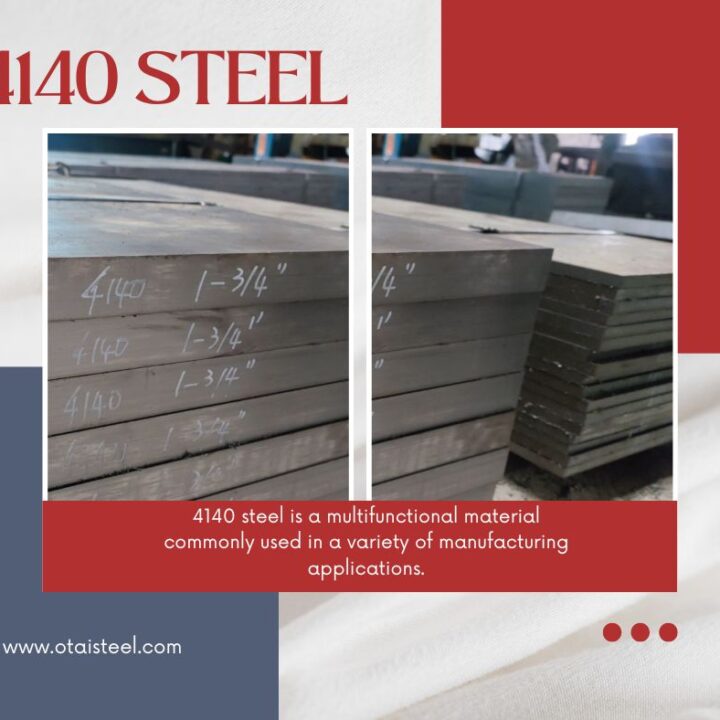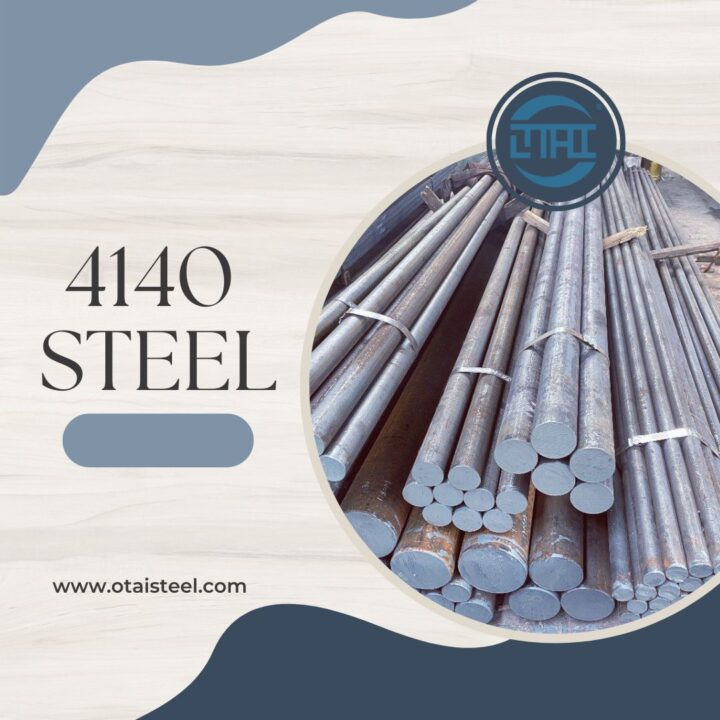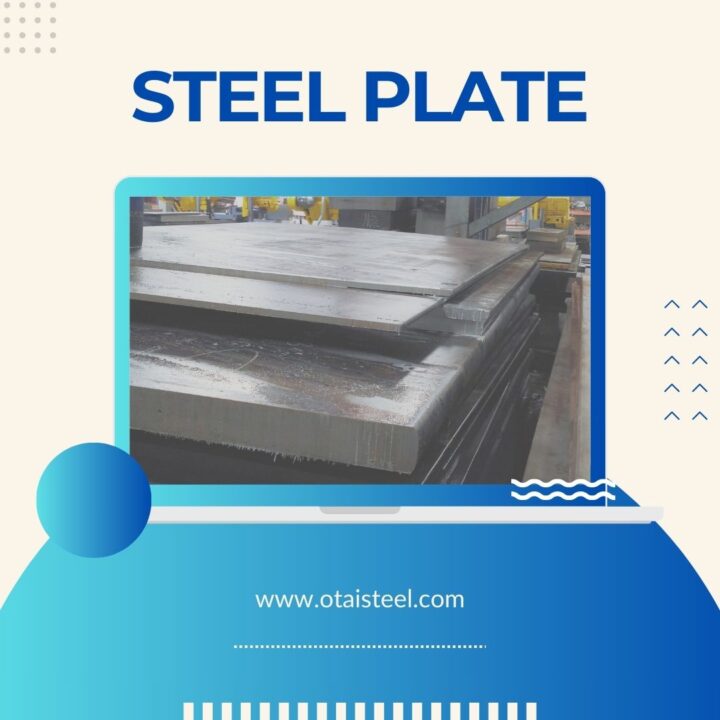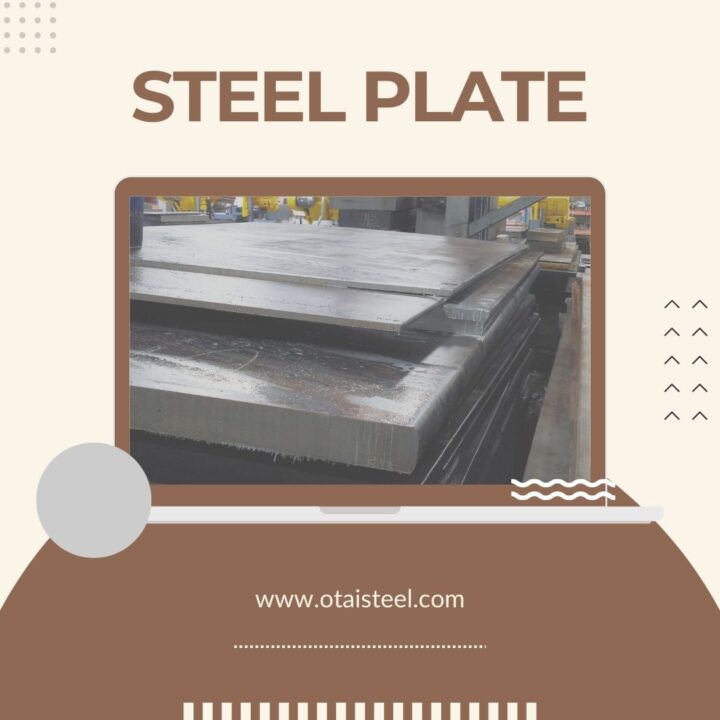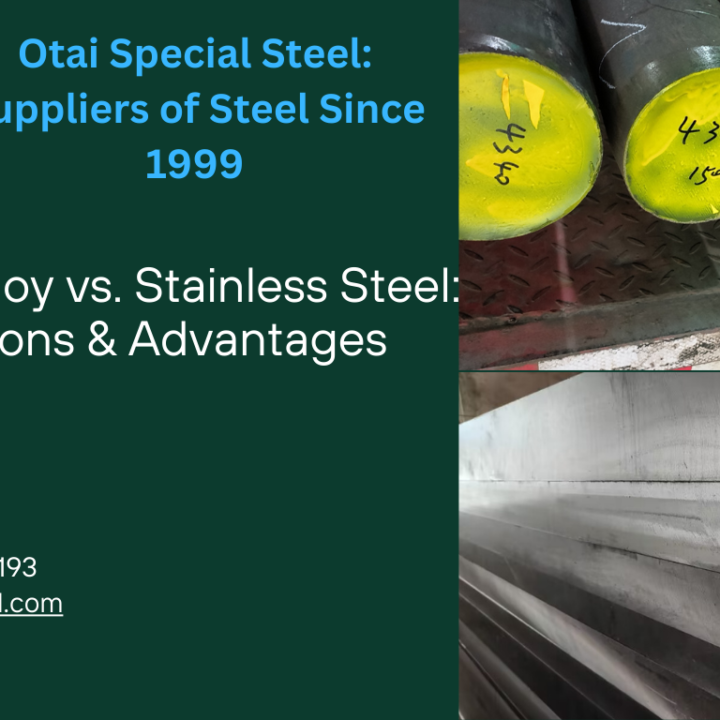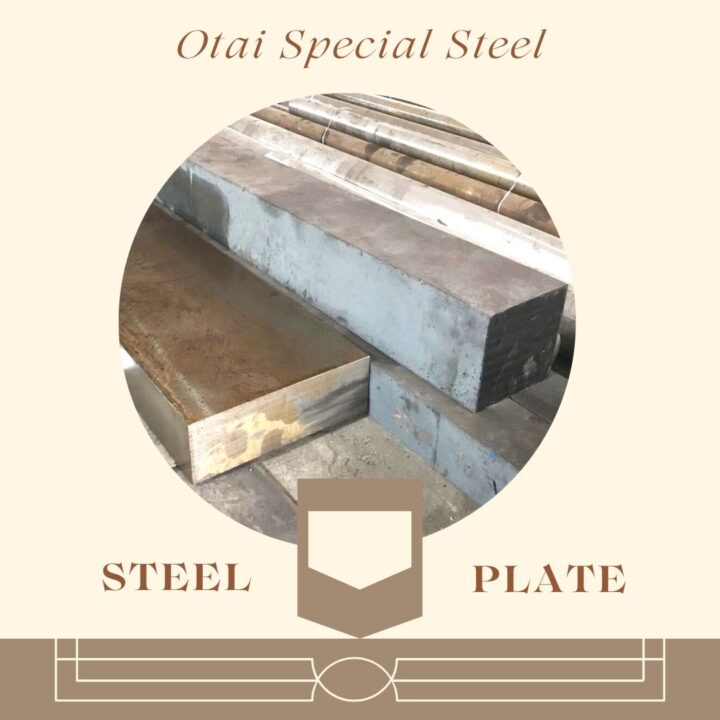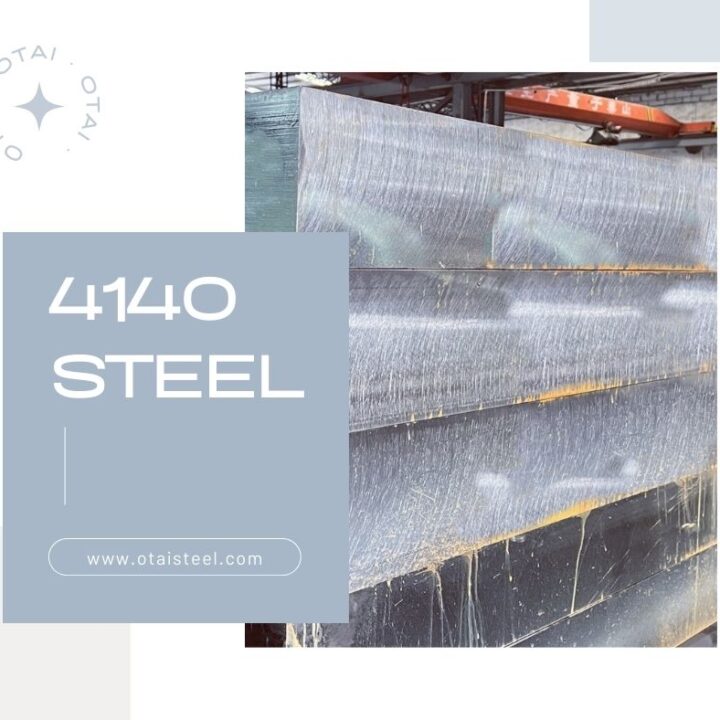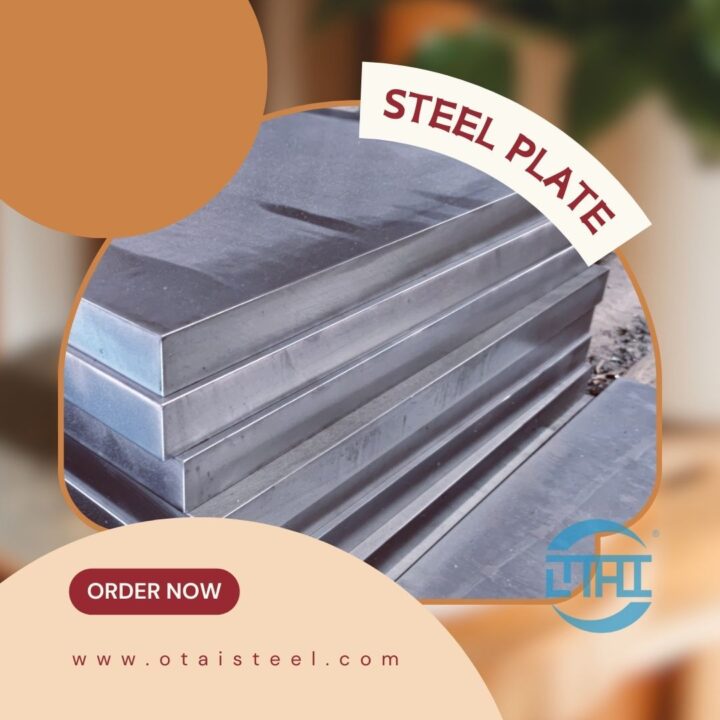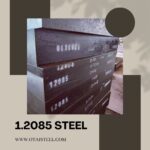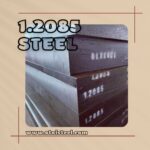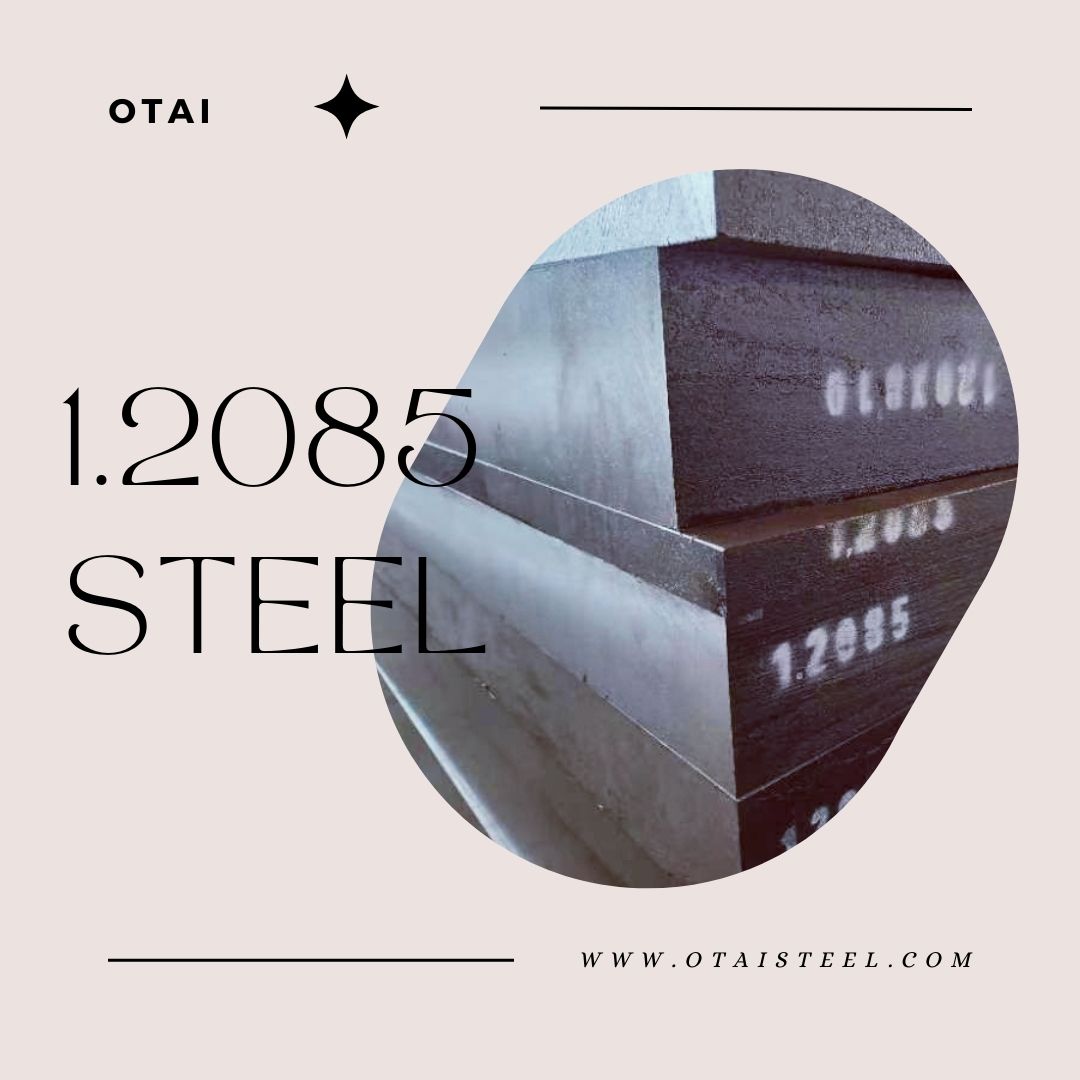 In the world of materials engineering, selecting the right alloy can be the key to success. One such remarkable material that has been gaining recognition is 1.2085 steel. (1.2085 Material)
In the world of materials engineering, selecting the right alloy can be the key to success. One such remarkable material that has been gaining recognition is 1.2085 steel. (1.2085 Material)
Introduction
1.2085 steel, also known as X33CrS16, belongs to the martensitic stainless steel family. Its unique composition and properties make it a valuable asset in various industries. In this guide, we will dive deep into the world of 1.2085 steel, unveiling its secrets and showcasing its incredible versatility.
Understanding 1.2085 Steel
- Composition
The composition of 1.2085 steel is a crucial factor in determining its performance. It primarily consists of:
- Carbon (C): Approximately 0.33%
- Chromium (Cr): Approximately 16%
- Sulfur (S): Around 0.015%
- Silicon (Si): About 0.4%
This distinctive blend of elements results in a stainless steel alloy that offers exceptional properties.
- Applications
1.2085 steel finds applications in a wide range of industries, thanks to its remarkable qualities:
- Injection Molding: Its high wear resistance makes it a preferred choice for creating injection molds, ensuring precision and durability in molding processes.
- Cutting Tools: The steel’s hardness and resistance to corrosion make it ideal for manufacturing cutting tools like blades and knives, guaranteeing longevity and sharpness.
- Medical Instruments: Due to its corrosion resistance and resistance to staining, it is commonly used in the medical field for surgical instruments.
- Automotive Industry: 1.2085 steel contributes to the durability of automotive components, particularly in parts that require high strength and wear resistance.
Advantages of 1.2085 Steel
1.2085 steel offers numerous advantages that set it apart from other materials:
- Corrosion Resistance: With a significant chromium content, it exhibits excellent resistance to corrosion, ensuring longevity even in harsh environments.
- High Hardness: Its remarkable hardness enables it to maintain its edge and shape, making it ideal for cutting and machining applications.
- Wear Resistance: The steel can withstand abrasive wear, reducing the need for frequent replacements and maintenance.
- Dimensional Stability: It experiences minimal dimensional changes, even when exposed to extreme temperatures, guaranteeing consistent performance.
Working with 1.2085 Steel
When working with 1.2085 steel, following proper guidelines and practices is essential:
- Machining: Due to its high hardness, it is advisable to use carbide tools for machining. Adequate cooling and lubrication are essential to prevent overheating.
- Heat Treatment: Heat treatment can optimize hardness and strength. Typically, hardening is done at temperatures around 950-1050°C, followed by quenching in oil or air.
- Welding: Welding should be performed carefully, and post-weld heat treatment may be necessary to maintain the material’s properties.
Frequently Asked Questions (FAQs)
Q1: Can 1.2085 steel be used for food processing equipment?
Yes, 1.2085 steel is suitable for food processing equipment due to its corrosion resistance and ease of cleaning.
Q2: What is the maximum temperature that 1.2085 steel can withstand?
1.2085 steel can withstand temperatures of up to 300°C (572°F) without significant loss of properties.
Q3: Is 1.2085 steel magnetic?
Yes, it is magnetic as it belongs to the martensitic stainless steel category.
Q4: Can 1.2085 steel be used for outdoor applications?
Yes, it can be used for outdoor applications with proper maintenance to prevent corrosion.
Q5: Are there any alternative materials to 1.2085 steel for specific applications?
Depending on your specific requirements, you may consider alternative materials, such as other stainless steels or tool steels, for certain applications.
